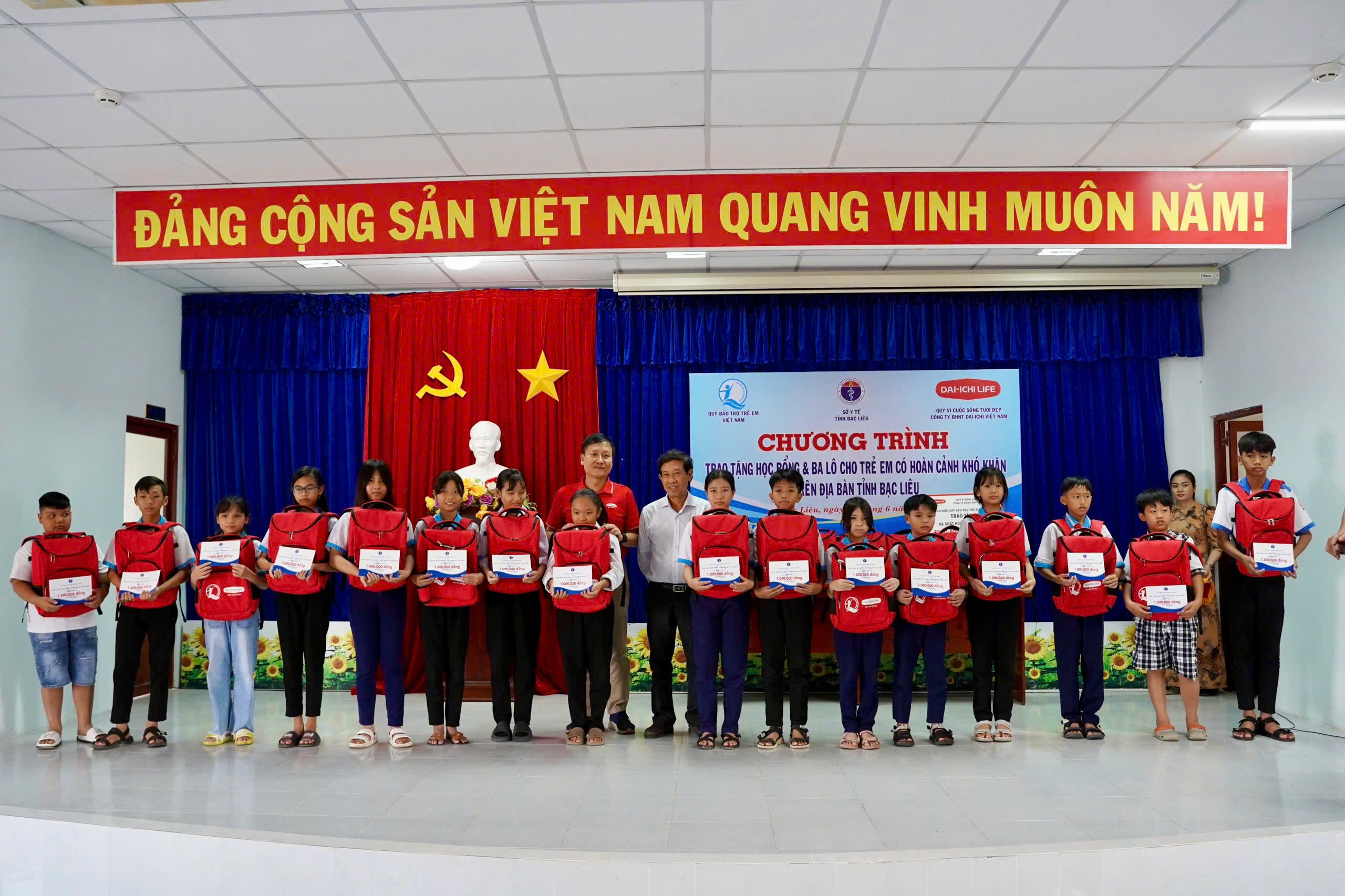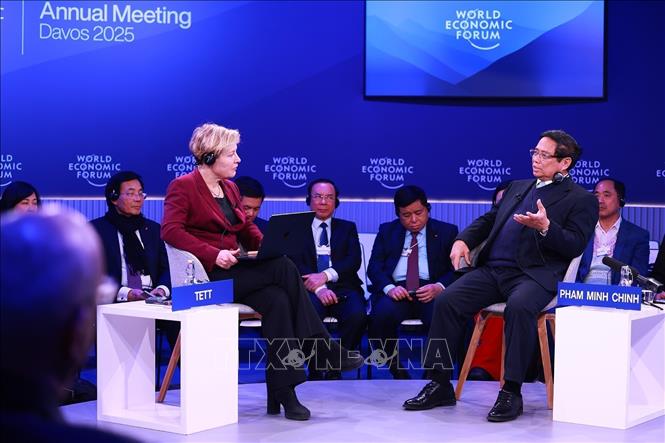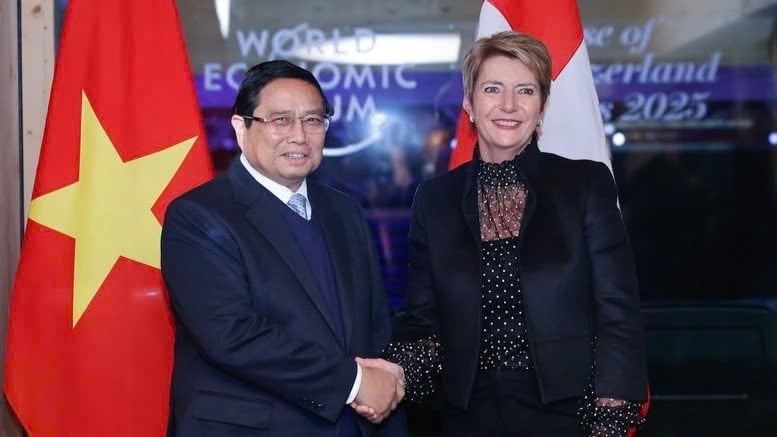
Policy intervention
Early marriage and consanguineous marriage are persistent social problems, causing serious impacts on the health of mothers and children; reducing population quality; affecting the quality of human resources; and being one of the obstacles to socio -economic development and sustainable development of ethnic minority and mountainous areas.
The first survey to collect information on the socio-economic situation of 53 ethnic minorities (2015) showed that, out of 210,197 ethnic minorities who got married in 2014, 55,894 people got married before reaching the legal age of marriage under the Law on Marriage and Family (child marriage), accounting for 26.6%. Among them, there are ethnic groups with high rates of child marriage such as: Mong (59.7%); Xinh Mun (56.3%); La Ha (52.8%); Ro Mam, Brau (50.0%),...

“Economic hardship is a clear factor leading to early marriage among ethnic minorities. Marriage is seen as synonymous with livelihood security. After marriage, ethnic minority girls will become the main labor force in their husband’s family and do most of the housework and caregiving.”
Review report on 5 years of implementing Project 498 of UN Women in Vietnam and Department of Ethnic Minorities.
The information collected from the investigation is one of the bases for research and policy development to address the situation of early marriage and consanguineous marriage in ethnic minority and mountainous areas.
Before 2020, a number of programs, projects and plans aimed at reducing child marriage and consanguineous marriage in ethnic minority and mountainous areas were issued and implemented; notably the Project "Reducing child marriage and consanguineous marriage in ethnic minority areas in the period 2015 - 2025", approved in Decision No. 498/QD-TTg, dated April 14, 2015 (Project 498).
However, Project 498 was developed and issued before the results of the first survey to collect information on the socio-economic status of 53 ethnic minorities were available (on December 30, 2015, the General Statistics Office had just reported the preliminary results). Therefore, Project 498 only proposed 05 tasks and solutions for implementation; it did not clearly demonstrate intervention activities to reduce early marriage and consanguineous marriage in ethnic minority and mountainous areas. Furthermore, the allocation of funds to implement Project 498 in localities was lacking and passive.
The results of the review of 5 years of implementing Project 498 clearly show: From 2015 to 2020, Thanh Hoa is the province that allocated the highest funding source among the localities to implement Project 498 (5,081 billion VND); the lowest is Quang Ninh province (188 million VND), followed by An Giang (200 million VND)... This is a review report conducted by the United Nations Entity for Gender Equality and the Empowerment of Women (UN Women) in Vietnam and the Department of Ethnic Minorities - Ethnic Committee, first published in 2020.

Policy intervention was not strong enough, so by 2019, the results of the second survey and collection of information on the socio-economic situation of 53 ethnic minorities showed that although the rate of child marriage had decreased, it was still high, with 2 out of 10 ethnic minorities getting married. In the period 2014 - 2018, the rate of child marriage was reduced by 1% per year on average, not reaching the target of Project 498 (reduction of 2 - 3%/year). Ethnic groups with high rates of child marriage, although reduced compared to before, were still high: Mong (51.5%), Xinh Mun (44.8%),...
More concrete impact from clear data
In the 5-year review report on the implementation of Project 498, conducted by UN Women in Vietnam and the Department of Ethnic Minorities (Ethnic Committee), it is stated that one of the reasons why activities to reduce child marriage and consanguineous marriage have not achieved their goals is due to "lack of information and data that accurately and systematically reflect the current situation of child marriage and consanguineous marriage in localities".
This is also an issue that the General Statistics Office and the Ethnic Committee paid special attention to when conducting the second survey to collect information on the socio-economic situation of 53 ethnic minorities in 2019. In this survey, to clearly identify the situation of child marriage, the investigators not only determined the age of marriage of the entire region and of ethnic groups but also collected information on the technical expertise of ethnic minorities who married early.
This information survey aims to guide the development and implementation of policies to improve the cultural and technical level of ethnic minorities, thereby contributing to reducing backward customs in ethnic minority areas, including early marriage.
Sub-project 2 - Project 9 of the National Target Program 1719 aims to: Reduce by an average of 2% - 3%/year the number of child marriage couples and 3% - 5%/year the number of consanguineous marriage couples in areas and ethnic minorities with high rates of child marriage and consanguineous marriage; by 2025, strive to prevent and limit child marriage and consanguineous marriage in ethnic minority and mountainous areas.
From the results of the second survey and collection of information on the socio-economic situation of 53 ethnic minorities in 2019, in order to achieve better results in implementing Project 498, the Ethnic Committee has advised the Government to integrate the content of the Project into a sub-project in the National Target Program on socio-economic development of ethnic minority and mountainous areas for the period 2021 - 2030 (Sub-project 2 - Project 9).
In particular, from specific data from the 2019 survey, the Ethnic Committee and the General Statistics Office analyzed the causes to propose policy solutions to reduce early marriage and incestuous marriage.
In the National Target Program for the Development of Ethnic Minority and Mountainous Areas for the 2021-2030 period; Phase I: 2021-2025 according to Decision No. 1719/QD-TTg (National Target Program 1719), the contents of activities and subjects of application for the implementation of Sub-project 2 - Project 9 are clearly stipulated; the implementation budget is also arranged for the entire 2021-2020 period (more than 727.7 billion VND).
Implementing Sub-project 2 under Project 9, many localities have had very diverse and effective approaches, thereby contributing to reducing child marriage and incestuous marriage. For example, in Lao Cai, in 2023, Lao Cai still had 112 people under the age of marriage living together, a decrease of more than 30% compared to 2022. In Dong Van district of Ha Giang province - a locality with over 97% of the population being ethnic minorities, of which the Mong ethnic group accounts for 87%, if in the period 2018 - 2021, there were 738 cases of child marriage and incestuous marriage in the district, then in the period 2021 - 2023, the whole district reduced to 237 cases...
Building multidimensional intervention solutions
At this time, the General Statistics Office and the Ethnic Committee are conducting the third survey and collection of information on the socio-economic situation of 53 ethnic minorities in 2024. The survey started on July 1 and ended on August 15, covering 54 provinces and cities nationwide.
The survey results will provide accurate evidence to evaluate the achievements as well as the difficulties and problems after 10 years of implementing Project 498; 05 years of implementing Sub-project 2 - Project 9 of National Target Program 1719.
The relevant parties will then analyze the collected data and information, thereby advising on the development and submission to competent authorities to issue appropriate policies to reduce the situation of early marriage and consanguineous marriage in ethnic minority and mountainous areas for the period 2026 - 2030.
It is also necessary to identify that early marriage and incestuous marriage among ethnic minorities have existed for a long time, and are customs that are deeply ingrained in the lifestyle and concept of marriage of each individual and community. Eliminating early marriage is a very difficult task, requiring a comprehensive approach and a system of synchronous solutions and persistent implementation.

Experts, in the coming time, it is necessary to put the issue of early marriage and consanguineous marriage in a broader and more multidimensional context. In particular, it is necessary to continue to conduct more comprehensive and in-depth research on the situation and causes of early marriage and consanguineous marriage in each community, each ethnic group, each locality (research, mapping and assessment), as a basis for proposing appropriate intervention and response strategies and solutions; combining qualitative and quantitative research methods to be able to accurately determine the causes of early marriage and consanguineous marriage in different communities and localities.
To implement these solutions, accurate data and information are needed. Therefore, the third survey and information collection on the socio-economic situation of 53 ethnic minorities in 2024 is of particular importance for the formulation of socio-economic development policies in general, and for the implementation of the goal of reducing child marriage and consanguineous marriage in ethnic minority and mountainous areas in particular.
The results of the 2024 survey will impact the implementation of Sub-project 2 - Project 9 of the National Target Program 1719. From the collected information, the implementing agencies and units will analyze the needs of male and female groups in the ethnic minority community before developing plans, content, methods, tools, training materials and communications on reducing early marriage and consanguineous marriage in ethnic minority areas; compile simple, easy-to-understand, focused communication materials that are appropriate to the qualifications of cadres and people in ethnic minority areas; and at the same time, have specific activities and forms of propaganda, associated with situations arising in daily life, suitable to the customs and culture of ethnic minorities.
Source: https://baodantoc.vn/hoach-dinh-chinh-sach-tu-ket-qua-dieu-tra-thuc-trang-kinh-te-ho-dtts-day-lui-hu-tuc-tu-cac-giai-phap-da-chieu-bai-2-1722573585954.htm







































Comment (0)